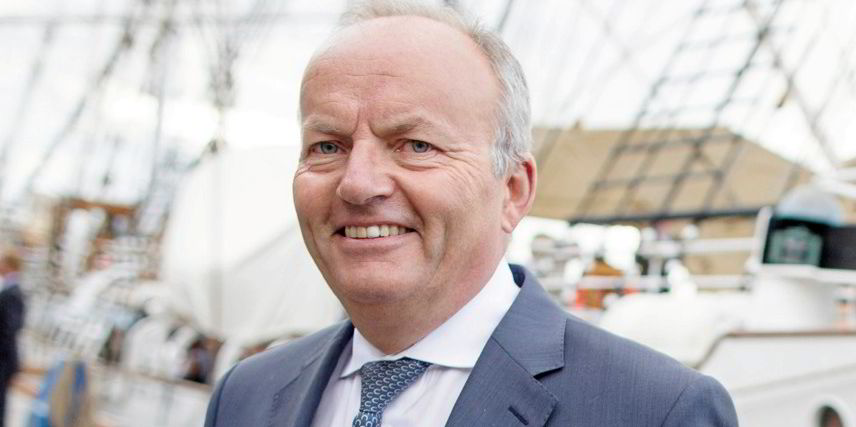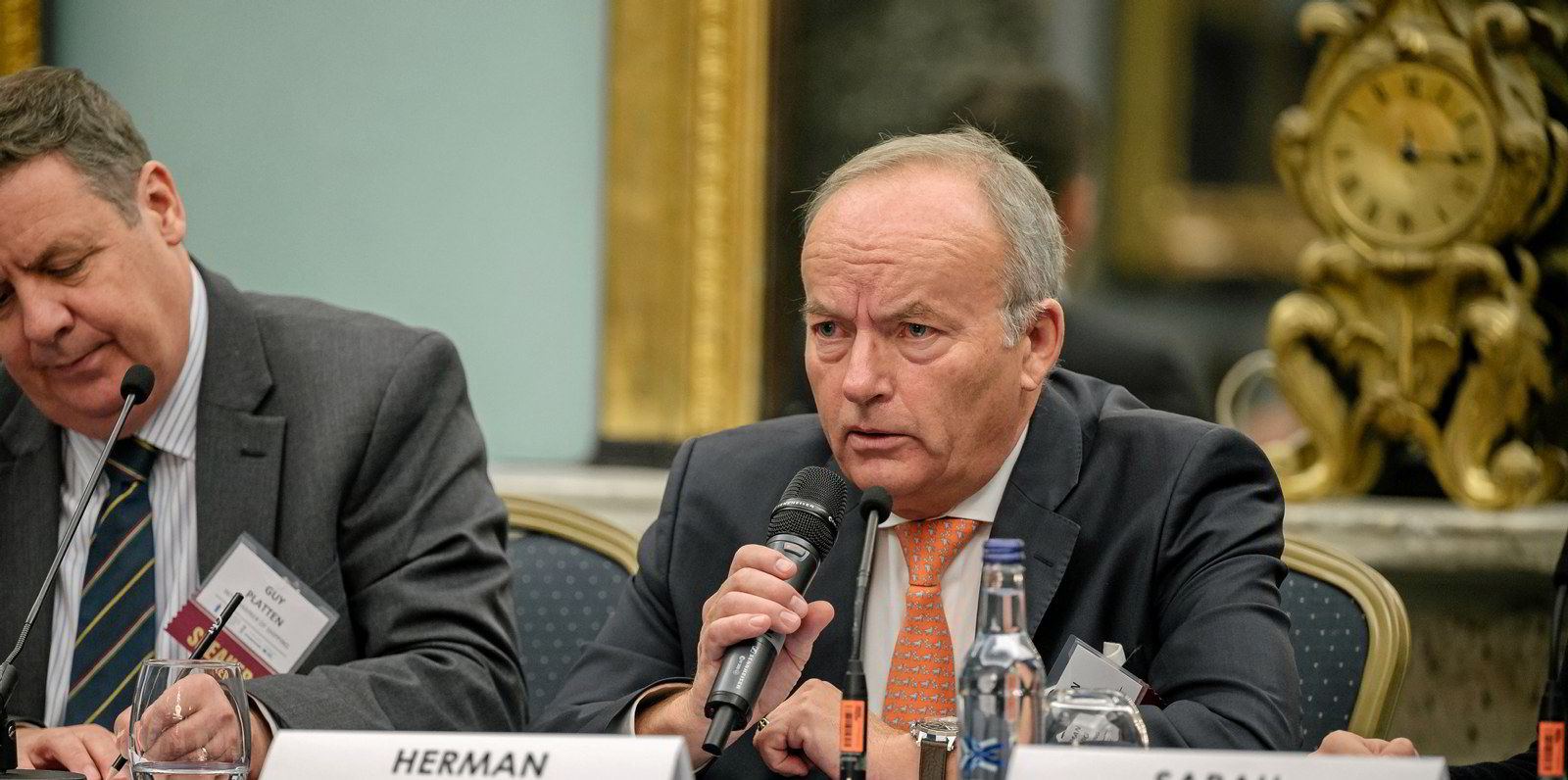Shareholders in Himalaya Shipping are receiving a bigger payout as freight markets strengthen and the owner prepares for delivery of its final two vessels.
But analyst Jorgen Lian on Wednesday said DNB Markets is downgrading Himalaya’s stock to “hold” from its previous “buy” rating due to a “trifecta of bearish news for dry bulk” from China.
Oslo and New York-listed Himalaya’s last two LNG dual-fuel newcastlemaxes are set to join its 10 other vessels in June from China’s New Times Shipbuilding.
Himalaya chief executive Herman Billung said this, combined with “improved market conditions”, means the company’s monthly dividend for April will increase by $0.01 to $0.04 per share.
“It is the expectation of the company that with the delivery of our last two ships and if market conditions continue to improve, the company should benefit from increased cash flow, and with no further investment plans, it is the intention of the company to return excess cash flow to shareholders through increasing dividends,” Billung said on Wednesday.
Himalaya’s 10 newcastlemaxes earned gross average time-charter equivalent earnings of $32,100 per day during April.
This figure includes average daily scrubber and LNG benefits of about $2,600 on nine vessels.
Bad news?
Himalaya’s strong reported rates and charter backlog means that DNB is raising its forecasts for the company and has increased its target price by NOK 11 ($1) to NOK 99.
“With its highly attractive seven-year fixed-rate financing and potential premium earnings from LNG fuel (and scrubbers), we find the company partly shielded from the softer freight markets we expect medium term,” Lian said in a note on Wednesday.
But Lian highlighted a “trifecta of bearish news for dry bulk” that spells weakness for the newcastlemax sector.
China’s real-estate sector could struggle for another two years, which could dampen steel demand and thus iron ore import demand, Lian said.
China’s huge coal inventories seem to be peaking, while electricity generation from hydropower in China could also incur downside risk to coal import demand, he added.
This could give rise to what Lian called a “fragile situation” for Himalaya and other capesize owners if momentum shifts because very strong asset values are currently supporting elevated net asset valuations.
A five-year-old capesize earning current one-year period rates implies a valuation of nine times the enterprise value to Ebitda ratio, Lian said.
This valuation increases to 17.5 times the ratio, when based on average rates between 2010 and 2023.
Himalaya contract backlog
Four Himalaya vessels are currently on fixed-rate contracts and are earning an average gross rate of $33,100 per day, which includes scrubber and LNG benefits on three ships.
The six newcastlemaxes it has on index-linked time charters earned about $31,300 per day in April, including these benefits.
Two of these ships have just been converted to fixed-rate employment for two months.
The 208,500-dwt Mount Blanc and Mount Neblina (both built 2023) will earn an average fixed rate of $37,275 per day, plus scrubber premiums, between 1 May and 30 June.
This means Himalaya will have five vessels on fixed-rate contracts during May and June at a gross rate of $33,819 per day on average.
Just one vessel will be on fixed rates between July and December at $40,810 per day.






